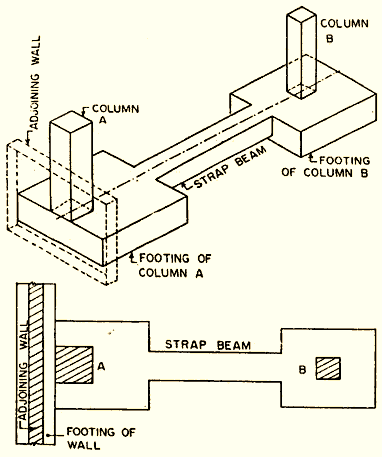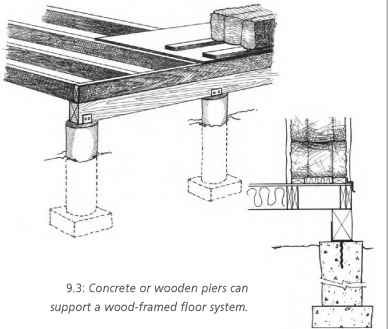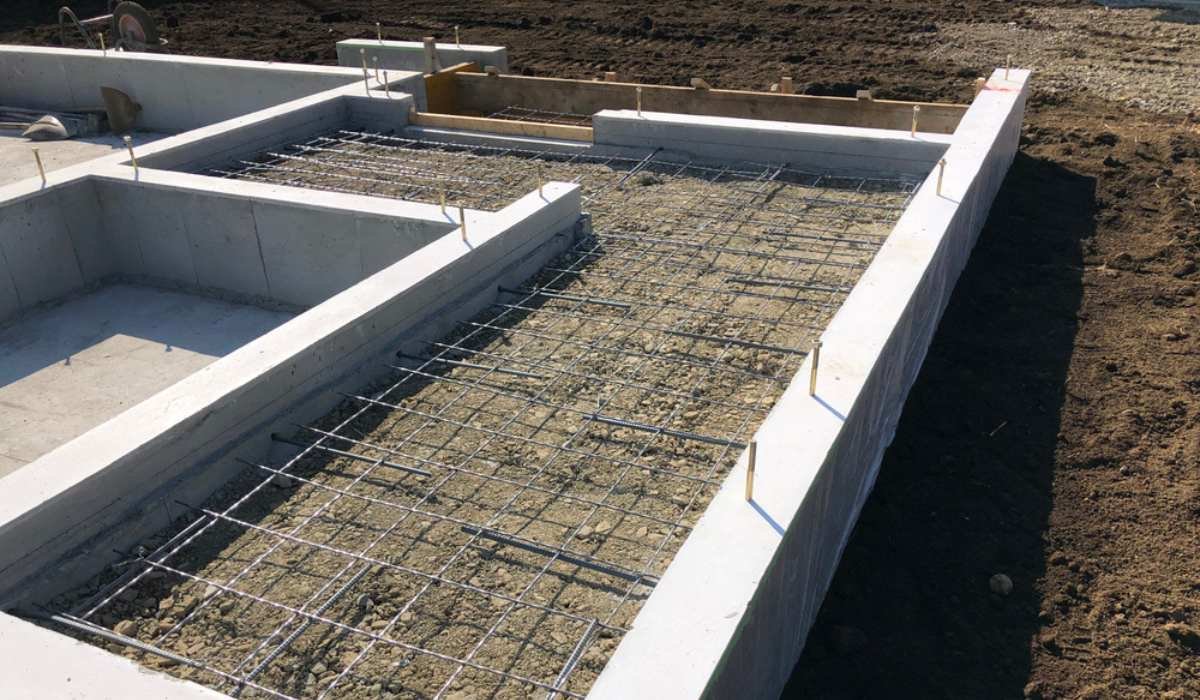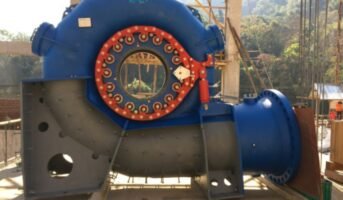Foundations are an integral part of any building. They support the structure and ensure the building is up to code and safe. Unfortunately, the vast majority of people don’t know much about them. This ignorance can lead to structural problems with the building that are only found when it is too late to do anything about them.
Building foundations are typically below ground level, bearing the weight of the building. A foundation can be classified into shallow or deep, depending on its depth.
Shallow foundations
A shallow foundation is typically used for small, lightweight structures. This type of foundation is used when the soil is not too dense and does not require a lot of support. Shallow foundations are broadly divided into five categories:
Isolated spread footing
Isolated spread footing is a type of foundation that is used to support a single column or pier. It is typically a rectangular or square concrete pad placed beneath the column or pier. Furthermore, it is usually used when the soil is not strong enough to support the structure’s weight.

Source: Pinterest
Wall footing
A wall footing is a strip of concrete that extends below the frost line and transfers the weight of the wall to the ground. The footing is usually wider than the wall it supports and is reinforced with steel rebar.

Source: Pinterest
Combined footing
A combined footing is used when more than one column is close to another. This type of footing distributes the load evenly between the columns. The footing is usually square or rectangular and is made of concrete.

Source: Pinterest
Cantilever footing
A cantilever footing is a type of foundation that is used to support structures that have cantilevered beams or columns. Cantilever footings are usually made of concrete or stone and are placed at the end of the cantilevered beam or column.

Source: Pinterest
Raft foundation
A raft foundation is a type that is used in situations where the soil is not strong enough to support a traditional foundation. Raft foundations are made by pouring concrete over a large area. Steel rebar is then used to strengthen the concrete. Once the concrete has cured, the raft foundation is very strong and can support a large amount of weight.

Source: Pinterest
Deep foundation
In contrast to shallow foundations, deep foundations transfer building loads to the earth deeper down from the surface. Deep foundations are used for large, heavy structures such as skyscrapers, bridge piers, and offshore wind turbine towers. Because of the weight of these structures, a deep foundation must be able to bear a large load without settling excessively. There are several types of deep foundations, including piles, piers, and caissons.
Pile foundation
Pile foundations are deep foundations that transfer loads from a structure to a deeper, more competent stratum. Timber, concrete, or steel are typical materials for piles. There are several methods of installing piles, including driven, drilled, and jetted. Piles are typically used when shallow, compacted soils are not strong enough to support loads of a structure. Pile foundations can be used in both onshore and offshore applications.

Source: Pinterest
Pier foundation
During construction, pier foundations are commonly used to support structures that are built on water. The pier foundation is constructed by driving piles into the bed of the body of water and then constructing a platform on top of the piles. The pier foundation is commonly used for docks, piers, and bridges.

Source: Pinterest
Caisson foundation
A caisson foundation is used to support structures that are located in deep water or soft soil conditions. Caisson foundations are typically made up of a series of large, interlocking precast concrete or steel cylinders that are sunk into the ground and filled with concrete or grout. Caisson foundations are very strong and can support a large amount of weight.

Source: Pinterest
FAQs
How are foundations classified?
Foundations are primarily classified into shallow and deep foundations.
How is an isolated foundation different from a combined foundation?
An isolated foundation is a type of foundation that is not connected to any other structures. This type of foundation is typically used for structures that are not very large or that do not have a lot of weight. Combined foundations are foundations that are connected to other structures. This type of foundation is typically used for larger structures or for structures that have a lot of weight.
Housing News Desk is the news desk of leading online real estate portal, Housing.com. Housing News Desk focuses on a variety of topics such as real estate laws, taxes, current news, property trends, home loans, rentals, décor, green homes, home improvement, etc. The main objective of the news desk, is to cover the real estate sector from the perspective of providing information that is useful to the end-user.
Facebook: https://www.facebook.com/housing.com/
Twitter: https://twitter.com/Housing
Email: [email protected]











